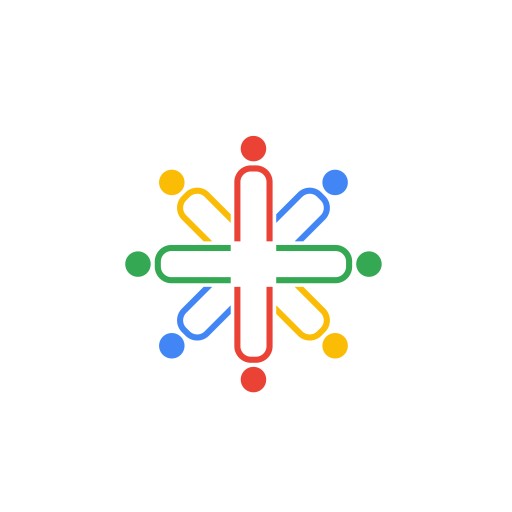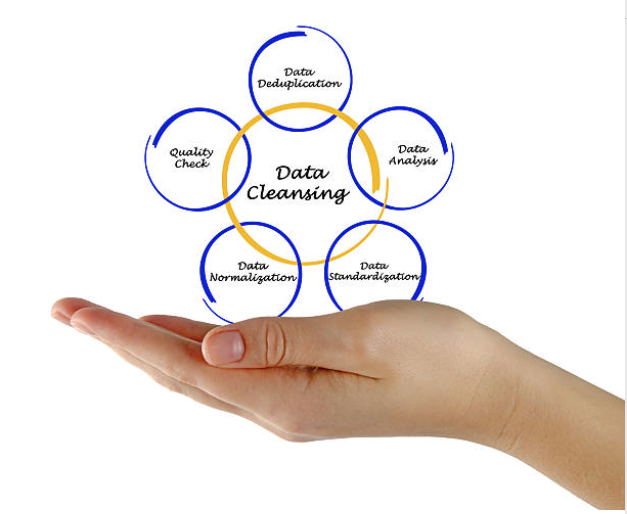Data cleanliness is crucial for algorithms to work effectively and produce accurate and reliable results. Here are several reasons why data needs to be clean:
- Accurate Analysis: Clean data ensures that the analysis and insights derived from the data are reliable and accurate. If the data contains errors, inconsistencies, or missing values, it can lead to incorrect conclusions and flawed decision-making.
- Reliable Predictions: Algorithms often rely on patterns and trends within the data to make predictions or classifications. If the data is dirty, these patterns may be distorted or skewed, leading to inaccurate predictions. Clean data helps ensure the integrity of the patterns and relationships used by the algorithms.
- Consistency: Inconsistent data, such as contradictory or conflicting information, can confuse algorithms and hinder their ability to learn and make sense of the data. Clean data eliminates such inconsistencies and allows algorithms to operate with a coherent and uniform dataset.
- Data Integration: When combining data from multiple sources or systems, data cleanliness becomes even more critical. Incompatible formats, missing values, or different data structures can create challenges during the integration process. Clean data ensures smooth integration and reduces the risk of errors or data inconsistencies.
- Efficiency: Working with clean data reduces the time and effort required to preprocess and clean the data before using it in algorithms. Data cleaning involves tasks like handling missing values, removing duplicates, and standardizing formats. By starting with clean data, the focus can be shifted towards the actual analysis and model development, improving overall efficiency.
- Robustness: Algorithms are designed to handle certain assumptions and expectations about the data they process. Dirty data that violates these assumptions can lead to unexpected errors or biased results. Clean data helps ensure the robustness of the algorithms by aligning with their requirements and assumptions.
- Data Visualization: Clean data facilitates accurate and meaningful data visualization. Visual representations, such as charts or graphs, help in understanding the data and communicating insights effectively. Dirty data may distort visualizations, making it harder to interpret and draw valid conclusions.
Clean data is essential for accurate analysis, reliable predictions, consistency, efficient processing, robust algorithms, and meaningful data visualization. It sets the foundation for successful algorithmic applications and enhances the overall quality of the results obtained.


Recent Comments